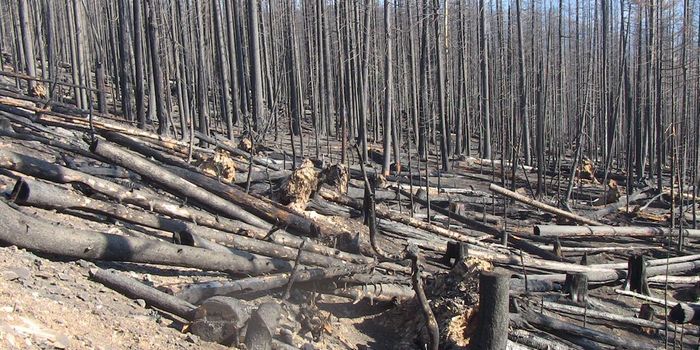Graphite-bolstered cement could help reduce methane emissions from natural gas wells
A team of scientists from Penn State has developed a new, flexible cement made from nanomaterials that could help solve the problem of natural gas well leaks. Leaks from natural gas wells are a threat to the environment because they emit methane into the earth, groundwater, and atmosphere. This newly designed cement, described in the International Journal of Greenhouse Gas Control, could offer an alternative to sealing natural gas wells more effectively.
"We have invented a very flexible cement that is more resistant to cracking," said Arash Dahi Taleghani, associate professor of petroleum engineering at Penn State. "That's important because there are millions of orphaned and abandoned wells around the world, and cracks in the casings can allow methane to escape into the environment."
Methane is a greenhouse gas that is 84 more potent than carbon dioxide in the first two decades after its release. Although methane doesn't stay as long in the atmosphere as carbon dioxide, it is nevertheless extremely destructive to the climate because of how efficiently it absorbs heat.
The resiliency of the cement comes from the addition of graphite, a nanomaterial that makes the cement stronger and more flexible so that it can be injected into small crevices. The addition of graphite also makes the cement dissolve in water, so it can seal those hard-to-find nooks and crannies.
"In construction, you may just mix cement and pour it, but to seal these wells you are cementing an area that has the thickness of less than a millimeter, or that of a piece of tape," Dahi Taleghani said. "Being able to better pump cement through these very narrow spaces that methane molecules can escape from is the beauty of this work. If we just pour this material in the water and mix it, these small particles have a tendency to stick together and form a conglomerate. If they are not dispersing evenly then the graphite is not as strong inside the cement."

Graphite is also a relatively inexpensive nanomaterial, making the cement commercially feasible. "Considering the low cost of the amount of graphite nanoplatelets required for this test, this technology may provide an economic solution for the industry to address possible cementing problems in the field," Dahi Taleghani said.
The team says their graphite-bolstered cement could be used to seal abandoned wells as well as some active wells.
Sources: International Journal of Greenhouse Gas Control, Eureka Alert








